Poverty, vulnerability and exploitation are often inter-related.
To end these, we exist to empower vulnerable communities, and unlock socioeconomic options they should have always had. It's about giving everyone a fair go to thrive.
Hi friends,
Thank you for taking the time to read up on our Impact Model. Before we get into it, we'll first get to know more about poverty and exploitation in our world today.
According to World Bank statistics, >1 billion people continue to live under $2/day (the adjusted poverty line in developing countries, in the world today).
Global Slavery Index estimates that 45.8 million people in the world are currently enslaved.
The International Labour Organisation estimates a staggering US$150 billion annual profits from exploitation, US$51 billion coming from forced economic exploitation.
Exploitation for labour and sex is a complex and overwhelming problem. Breaking it down into its fundamental factors allows us to understand it better and explore more meaningful ways to tackle it.
The Big Question: How do we get 45.8 million to 0?
We came up with this:
On the right side, exploitation denotes the estimated 45.8 million people currently enslaved in the world. Exploitation often occurs when people are socially and economically vulnerable.
There will always be people, so it makes more sense to look into vulnerability. If we reduce vulnerability to 0, we theoretically bring exploitation from 45.8 million to 0.
Vulnerability
We broke it down (broadly):
Health - poor access to affordable healthcare
You can't work, attend school, or thrive when you're unwell, especially if you are unwell for a long time. If accessing healthcare is difficult or expensive, it can leave you in huge financial strife. Increasing access to affordable health care doesn't happen overnight, and it is still reliant on the individual's ability to pay for a potentially costly service.
Training - low engagement in education and training
Education and training resources are often stretched very thin in vulnerable communities. People may not attend school for a variety of reasons: travel distances, social expectations, or when they are seen as a primary source of income. So, creating more education and training opportunities still may not alter vulnerability.
Jobs - a lack of safe and stable job opportunities
A reliable income source is the cornerstone to meeting physical, vocational and emotional needs. It's commonplace to notice a high prevalence of exploitation when there's persistent restricted local safe and stable job opportunities. People often emigrate in search of more safe and stable work, and often place their trust in the wrong hands.
Safe and stable job options
The crux of it all
It is through having sufficiently safe and stable jobs that people can begin to address their health needs, send their children to school, and engage in upskilling opportunities for their futures.
They become more empowered to meet their, and their family's needs. This cascade of life-changing impact uplifts vulnerable people from the ground up.
It directly reduces their vulnerability, and lowers/eliminates the risk of them becoming exploited. Impactful, and scalable.











